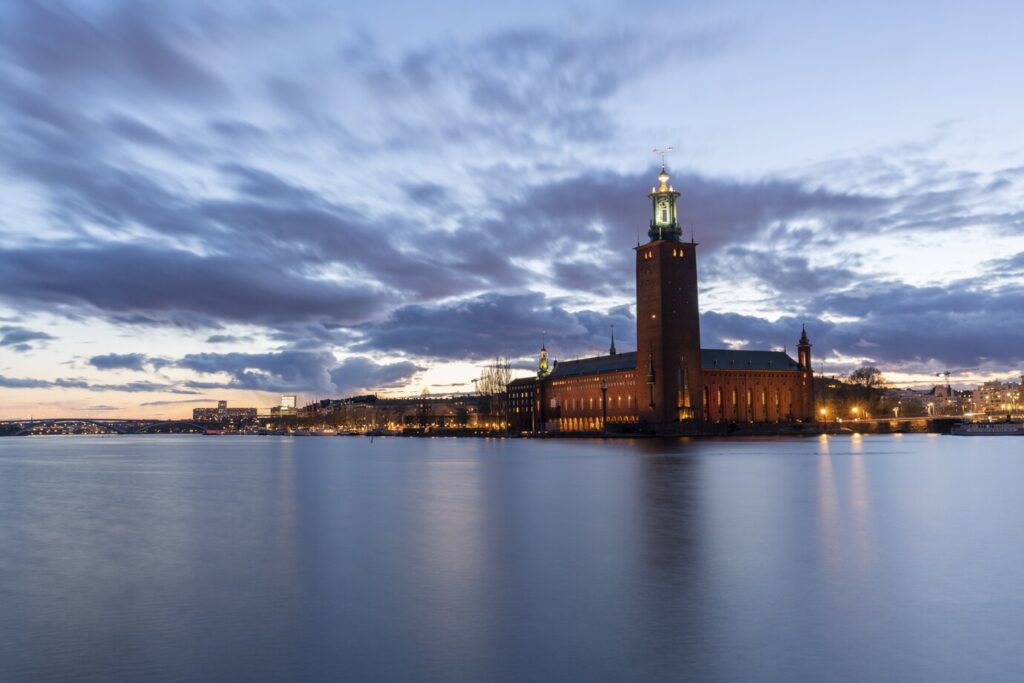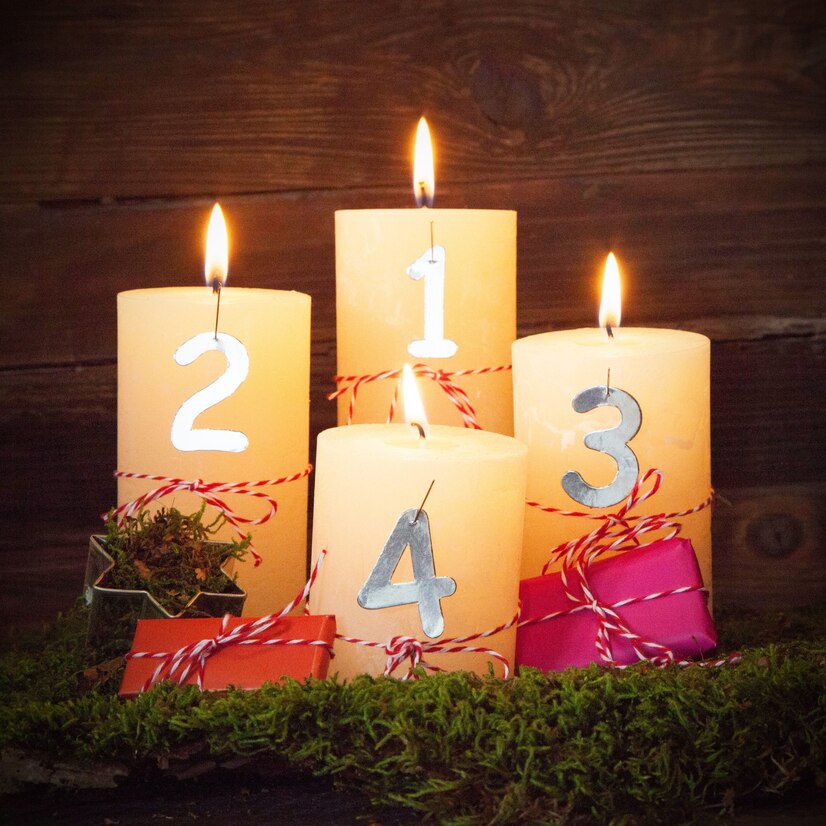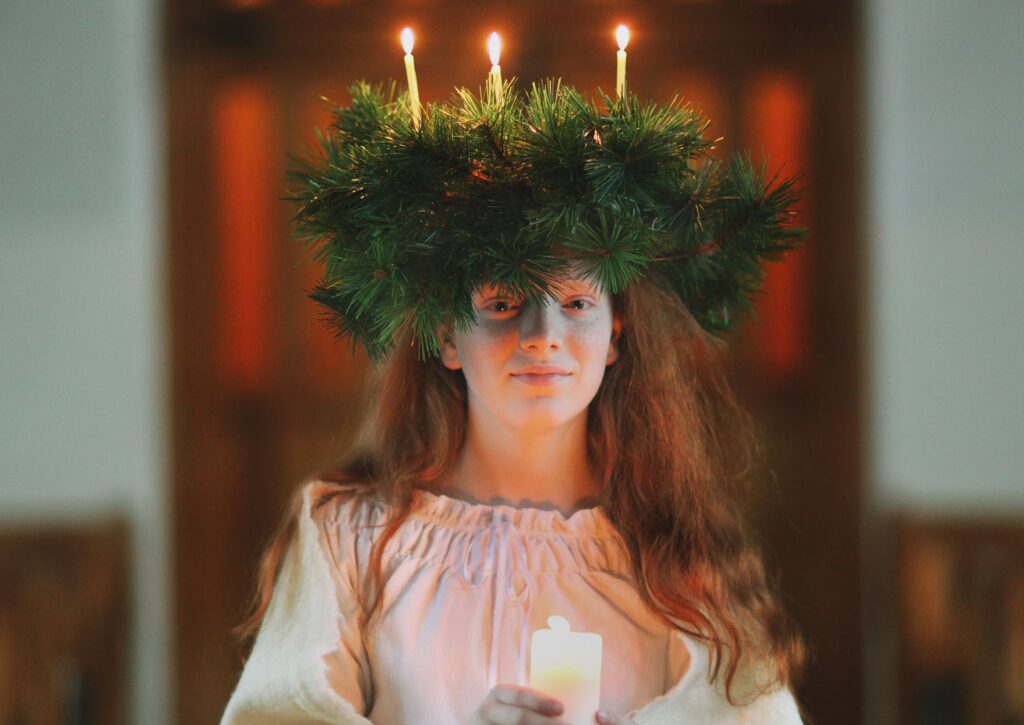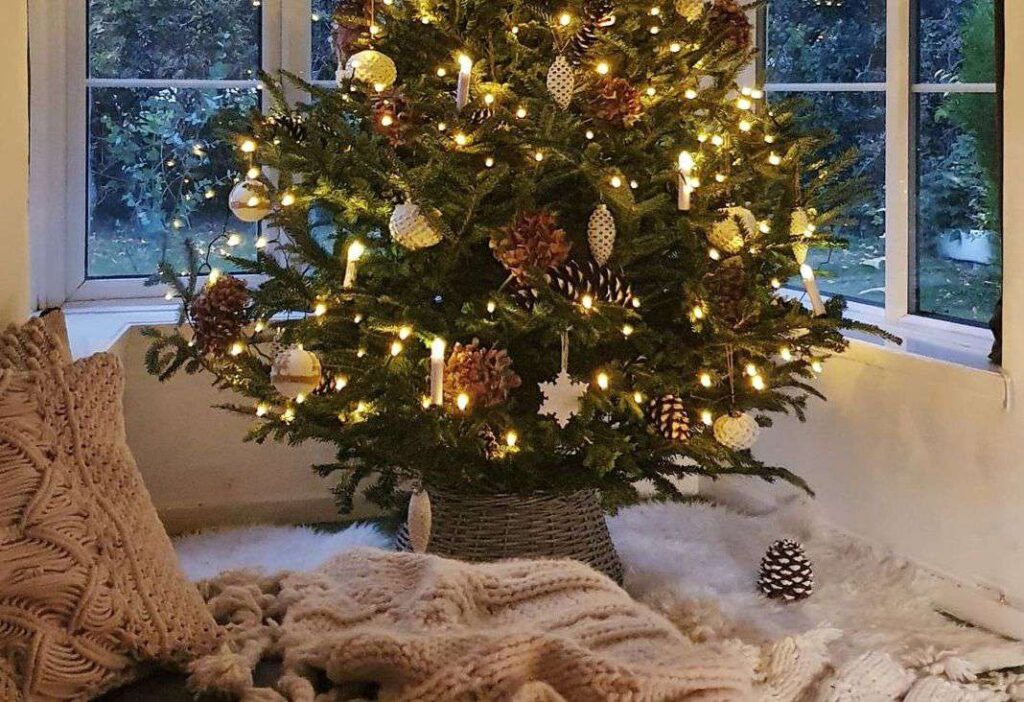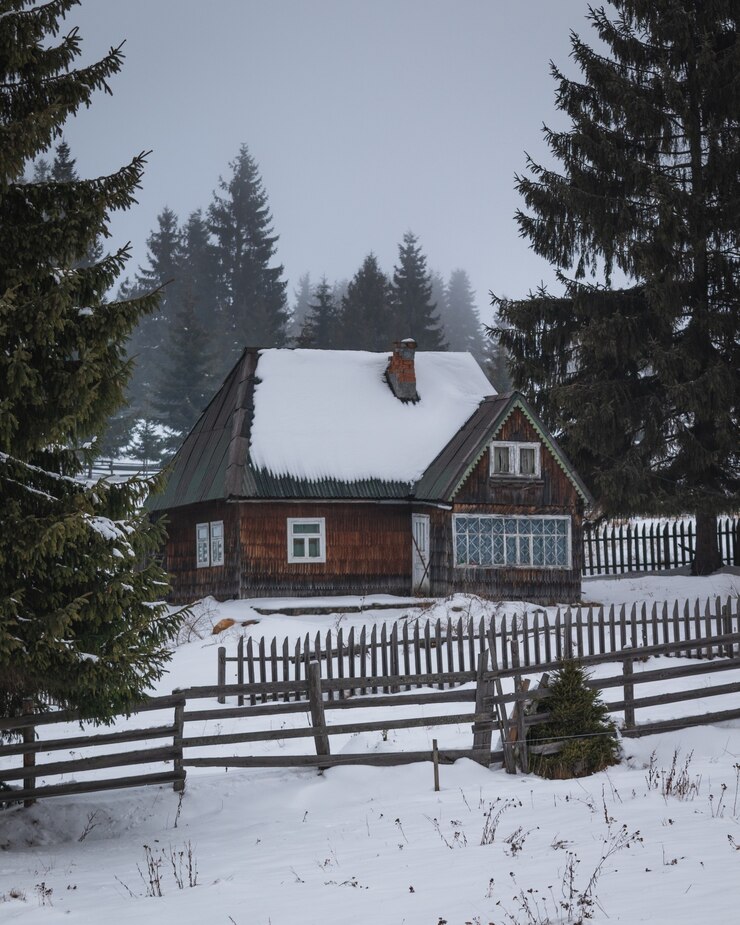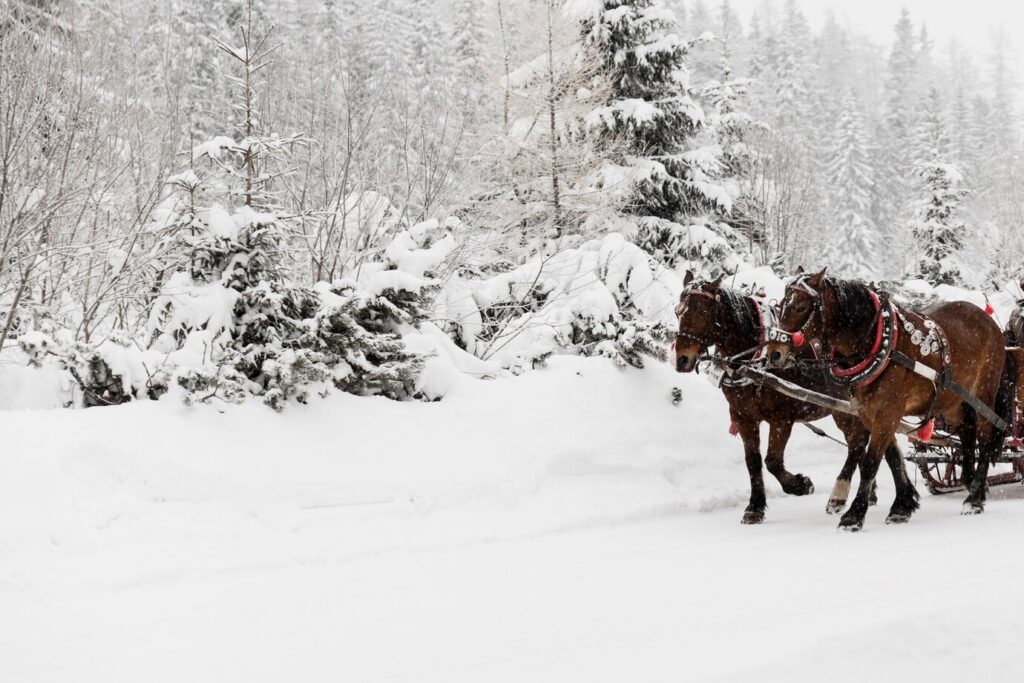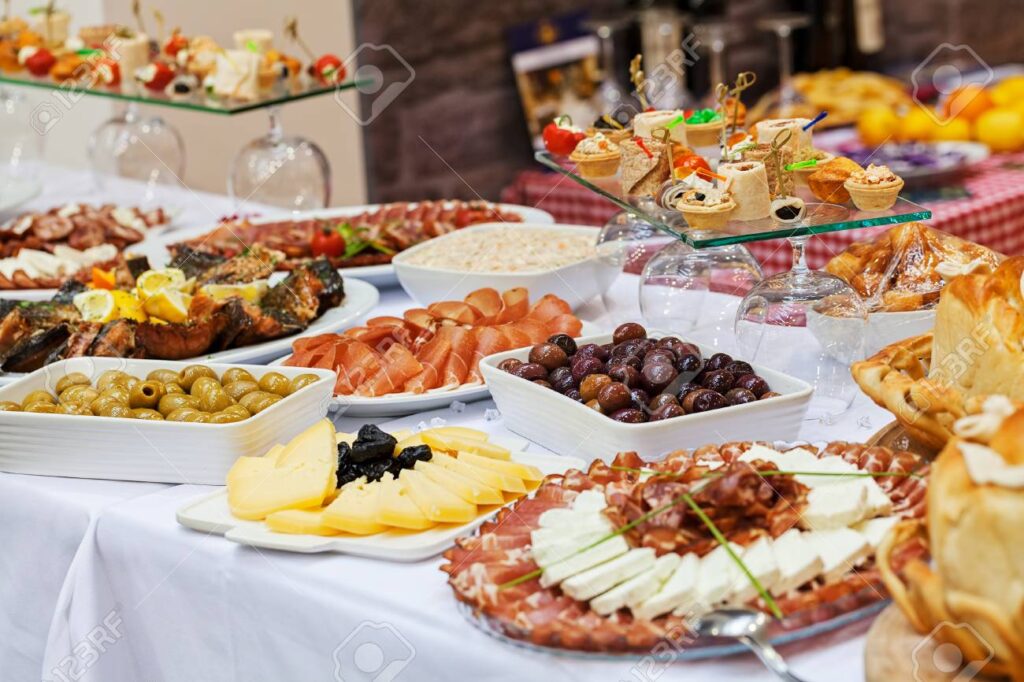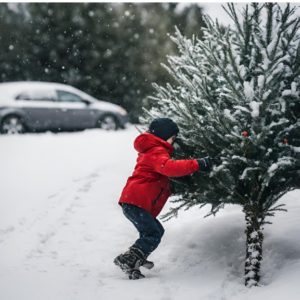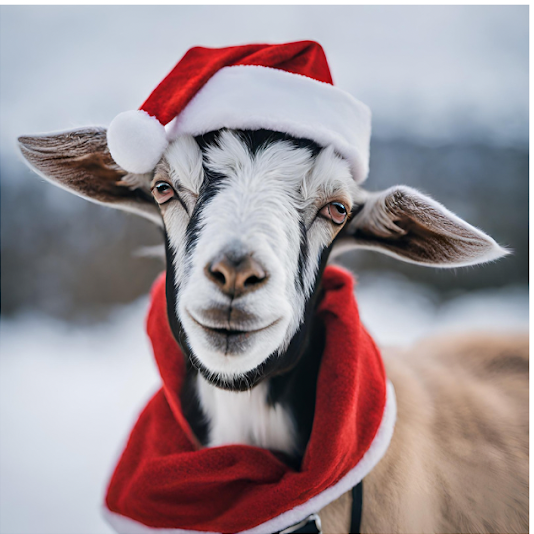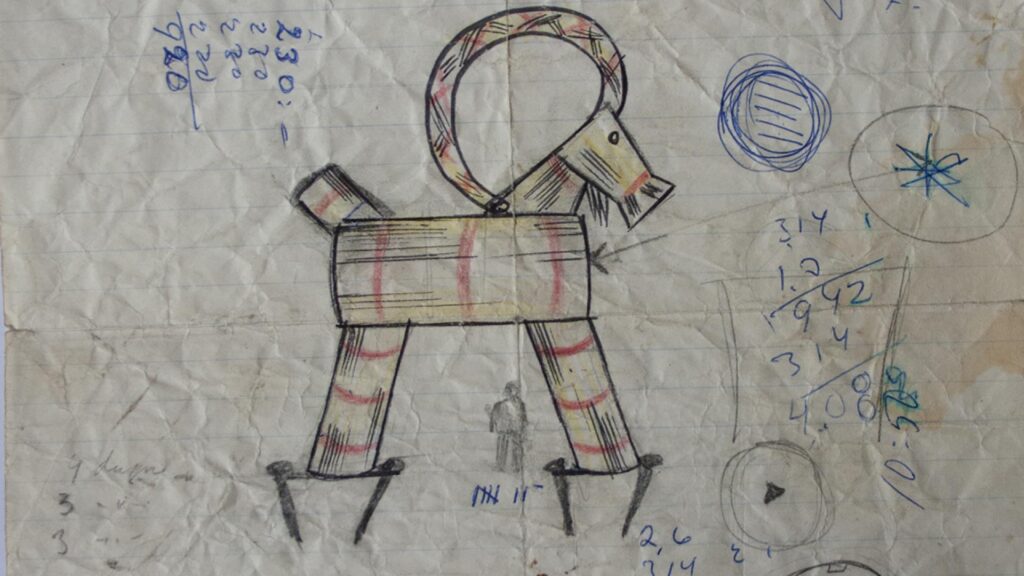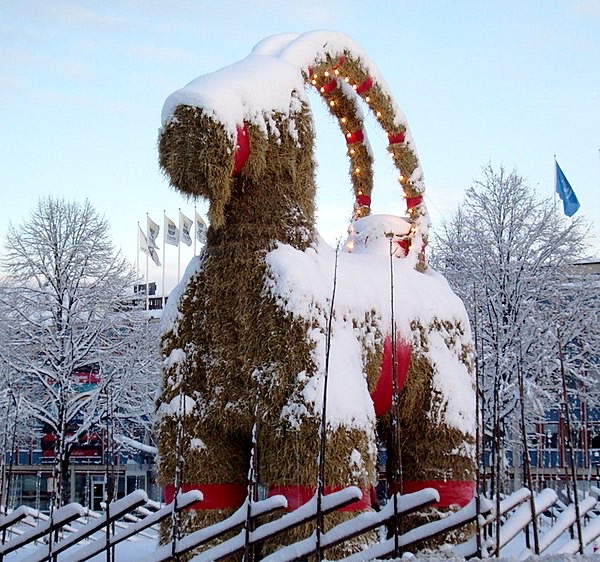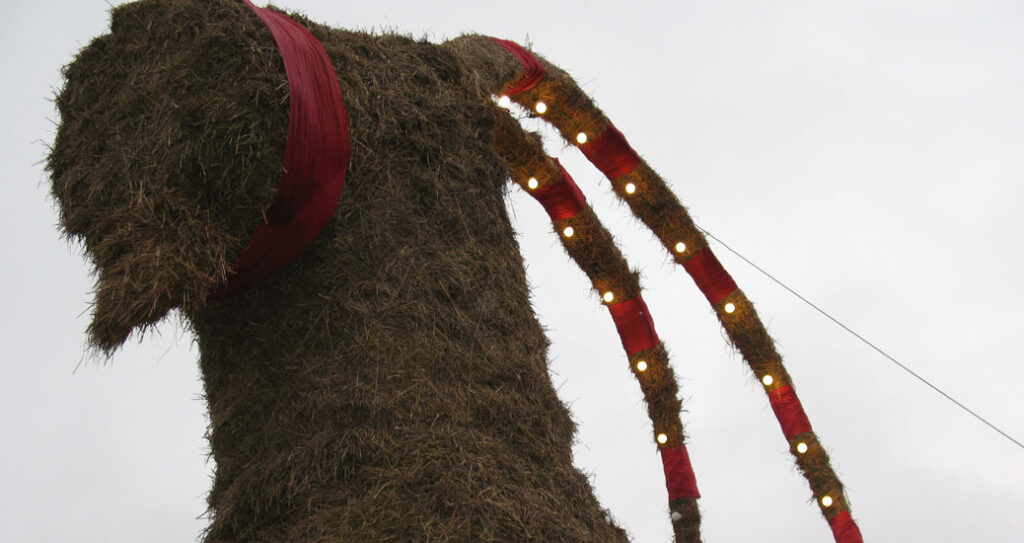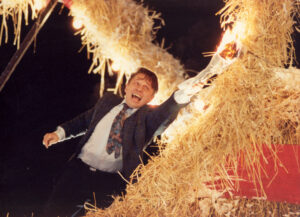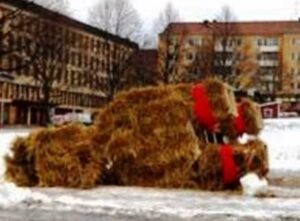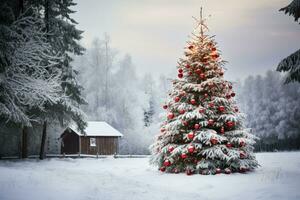Swedish Christmas traditions embrace both the past and present. They combine old and new, reflecting a mix of history and innovation. It’s not just a celebration, but a blend of time-honored customs along with added contemporary elements. Each coastal community adds its unique flavor to the festive season.
Join us on a sleigh ride through the enchanting world of Sweden, where the traditions creating a holiday collage are both familiar and refreshingly distinct. Against the backdrop of the winter wonderland, the customs are a blend of traditional Scandinavian ones, foreign influences, local festivities, and the commercialized modern age.
At first, it sounds like an unorganized hodge-podge of practices lacking community cohesiveness. However, we see it differently, mainly because there’s one central theme which is woven into all of these divergent interpretations: The Family. In Sweden, the family includes not only your immediate relatives, but long distant ones who’ve scattered through the years. It includes the loved ones who are an important part of everyday life, such as neighbors and friends held dear.
FOREVER CUSTOMS
Of course, there are some long-established customs which have been passed on from one generation to the next. First and foremost, Swedish Christmas traditions commemorate the birth of Christ and it is the most important festivity of the entire year. As such, Advent begins the official countdown about four weeks before Christmas. Advent is a period of spiritual preparation for the coming birth of Jesus Christ at Christmas. Celebrating Advent typically involves a season of prayer, fasting and repentance, followed by anticipation, hope, and joy.
This is the time when Swedes light the first candle in the Advent candlestick or wreath. From the 1890’s in Sweden, one candle is lit every Sunday until Christmas, when all four are alight. They also create star-shaped paper ornaments with sections cut out to allow light to pass through. As part of the lighting ceremony, many families will be enjoying Pepparkakor, or gingerbread cookies, a sweet pastry called Lussekatter, Saffron buns, and of course, Kottbullar, or Swedish meatballs. In addition, Swedes enjoy Glögg, which is a hot and spicy mulled wine.
A CROWN OF CANDLES
Another of the standard Swedish Christmas traditions observed is held on December 13th, Saint Lucia Day, which marks the winter solstice. St.Lucia is a third-century martyr who brought food to persecuted Christians in hiding. In her honor, the day involves a procession of participants wearing white gowns, carrying candles, and singing songs. Young girls and boys make up the processions in schools, and adults are parading in churches and community centers.
The event also involves more of the family baking tradition to make gingerbread houses (Pepparkakshus.) This activity is extremely popular for family members of all ages as everyone can help add icing and candies to decorate the edible houses as they wish. Family activities involving afternoons spent with loved ones is quite popular – especially throughout the holiday season.
IT’S PERFECT
Next, a few days before Christmas Eve, it is a long standing custom to select the Christmas tree, and they consider this symbol a serious matter. Trees are examined closely for size, thickness, and condition of the trunk. Those in more rural areas choose to chop down any tree they find, even though it is illegal to do so. Those who live in the city will purchase one in the town square.
However, how these trees – and homes – are decorated is based on individual family tradition. For safety reasons, most have switched to electric lights, but there are some who still prefer to stay with the traditional candles adorning the tree. In addition, many trees feature Swedish flags, some have flowers, and others display shiny garland and ornaments. The adornments may be different, but the symbolism is the same.
ALL TOGETHER NOW
Another national expectation is that everyone will do their part and contribute to a healthy and happy month of both old and new celebrations. They expect good weather and they expect the ham to be cooked just right. The children will behave in their homes, and those homes will be warm and comfortable – and surrounded by a beautiful snowfall.
THE BIG RACE
Again, some families insist on attending church services on every Christmas Eve, while others go early Christmas morning. Likewise, some still go by horse-drawn sleigh, and some have modernized. Either way, it has become a new custom to race to church! The winner will supposedly have the best harvest in the new year.
I CAN’T SAY SMORGUSHBORG
Last but not least, the Swedish Christmas tradition that everyone agrees on is that Christmas Eve is about the smorgasbord. Unless there are last minute meal preparations to be made, no work will be done on this day. This buffet style feast of the past included traditional dishes such as the Christmas ham, (also known as Julskinka) jellied pigs feet, and rice porridge. (The porridge, by the way, would have a whole almond in it, and whoever receives the almond is expected to be married in the coming year.) Pickled herring, Rödbetssallad (chopped beetroot salad) and Lutfisk (fish cured in lye) are also classics.
Modern day meals still center around the Christmas ham and include:
Swedish Meatballs
Cabbage Pudding
Janssons (Brown onion, butter, anchovy filets, hard-boiled eggs, and potatoes)
Christmas Potato Sausage
Christmas Stollen (Cherry Swedish Tea Ring
Saffron Buns
Ris à la Malta (rice pudding dessert)
Julol, a dark seasonal beer
Julmust, a root beer-like soft drink
Gingerbread cookies
SERIOUSLY??
Long ago, a Swedish Christmas tradition was to prepare the buffet and leave it out on the table overnight to “feed the dead.” Obviously, this is not a popular one that is followed today, thankfully.
Furthermore, everyone agrees that there is no rush for the meal. Time together is enjoyed and cherished. And without a doubt, EVERYONE ALWAYS gathers in front of the television at 3 p.m. to watch Donald Duck and his friends, Mickey Mouse, and other Disney classics. It is doubtful that this older custom will ever fade away – it’s just too popular for both young and old alike.
Finally, did you know that Santa will join the party to hand out gifts in person? It’s true – red suit, beard, and all! Oddly, this always happens right after a parent has had to make an emergency run for a newspaper or other similar errand…)
OUT WITH THE OLD
Eventually, the Christmas celebrations and spirit start to wane, which means it’s time for the Swedish Christmas tradition known as Knut’s Day on January 14. Particularly fun for the children, this is the day appointed to take down the Christmas tree and then eat all of the edible decorations from it. Kids love to drag out the old, bare tree and dump it in the snow.
SO LONG, SANTA CLAUS
The last Swedish Christmas tradition we want to share rises above all of the others. If you’ve not heard of the “Gävle Goat,” you may be skeptical- but it’s true. Ages ago in Scandinavia and Northern Europe, the “Yule Goat” was believed to be an invisible spirit that arrived before Christmas to make sure that the preparations were being done properly. Through the years, the goat evolved into a gift giver to join, or in some regions, to replace Santa.
WHO GETS THE CREDIT / BLAME?
According to the story, town leaders wanted to attract more customers to the restaurants and shops in the southern part of Gävle , a community and port on an inlet northwest of Stockholm. Several ideas were mentioned but they felt it needed to be something extra fun and unique. One resident suggested that they build an enormous version of that traditional Yule goat to be made of straw for the town’s center. The identity of the person responsible for the idea has been long debated, with 3 or 4 logical possibilities…
GREATEST OF ALL TIME (G.O.A.T.)
So, on the first Sunday of Advent, December 1st of 1966, the first straw goat statue was put into place at 13 meters tall and 7 meters long. Sadly, on New Year’s Eve at midnight, the goat went up in flames. Luckily, they apprehended and charged the perpetrator.
Despite many protestors, the goat was put up again the following year in 1967, and was left unharmed. through the whole holiday season. The same thing happened in 1968, but in 1969, someone burned the goat on New Year’s Eve.
Unquestionably, there were residents in protest who begged for the practice to be stopped – or at the very least – not be publicized. On the other hand, there were stubborn and influential supporters who were proud of their endeavor, arguing that it brought attention and notoriety to their town. In fact, the Gävle goat even earned a spot in The Guinness Book of World Records (for its size, not for its fires.)
DON’T LIGHT A MATCH
It should be noted that every effort has been made through the years to keep the goat intact. Fences were built, guards were stationed around it, and they even installed security cameras nearby. Supporters even tried spraying it with water or treating it with flame retardant chemicals – and some years, it managed to survive for the whole season. However, there were more years that it did not make it into the new year. In fact, during the 58 years of this custom, it has been destroyed at least 35 times.
Furthermore, it was not always set on fire. In 1976, a car drove into the goat’s rear legs and it collapsed. Several other interesting goat incidents include:
1989:
The goat was set on fire even before he was constructed. Locals raised funds for a new one, and it was burned in January. Yet another one was built 2 months later to be a part of the movie Black Jack.
1995:
The goat was burned on Christmas morning. In order to be a part of the 550 year anniversary of the city, it was rebuilt.
1997:
Fireworks were responsible for a small amount of damage; Otherwise, the goat was unharmed.
2001:
An American visiting Sweden set the goat on fire the day before Christmas Eve.
2009:
The goat was burned on December 23rd and at the same time, a hacker interfered with the webcams, so the pyromaniacs were not caught on tape.
2010:
A man offered the security guard a bribe so that he and his pals could fly a helicopter in and take the goat away. The security guard, however, declined the bribe, so the plan was thankfully prevented.
2016:
The goat was burned right after its 50th birthday party. Students nearby had built an unofficial “little brother goat” but he was hit by a car on December 5th.
2020:
The goat survived both fire and the virus.
2021:
An uneventful 5 year stretch ended when the goat was again burned to the ground.
2022:
The Yule Goat was moved to a new location in the same town.
HE’S ON THE BRITISH BETTING CHARTS
Undoubtedly like most Swedes, we can’t help but wonder how the Gävle Goat will fare this year? So far, so good! To keep track yourself, follow him on Instagram and Twitter.
JOY, FAMILY, AND MEMORIES
As we sum up this journey through Swedish Christmas traditions, we are reminded that in the end, it’s the shared moments with family and friends that truly make this season so special.
From the glow of the candles in the windows and the scent of mulled wine, to the sight of a horse-drawn sleigh dashing through the snow, Sweden has unwrapped a holiday tale that resonates with the timeless spirit of togetherness. May you and yours be reminded that in every holiday tradition, there lies a treasure trove of love, connection and the promise of many more festive seasons with those we love.
GOD JUL
Please follow along on our 12 Days of Christmas:
Sweden – Day 8 – This Post
